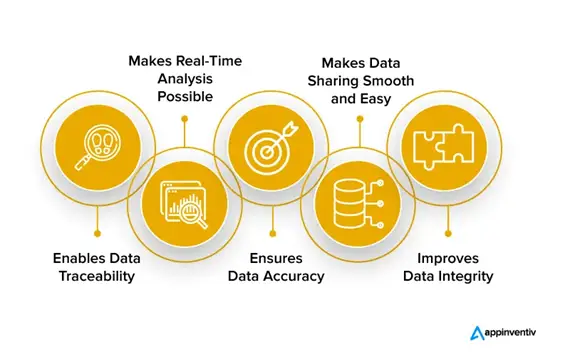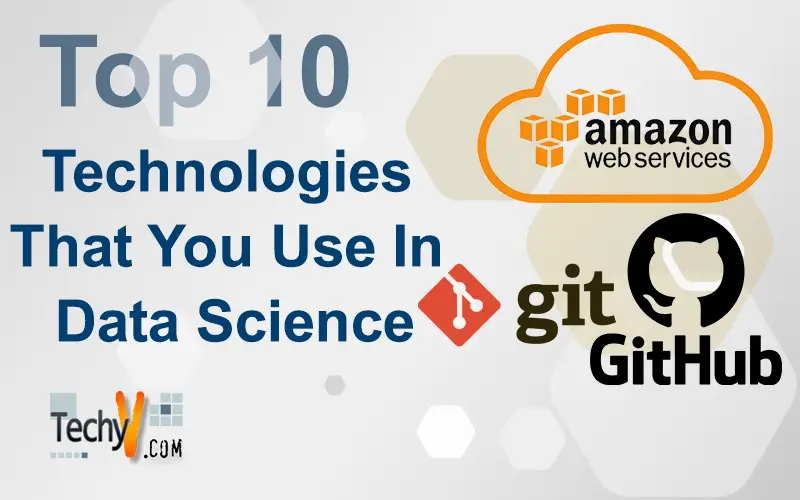Data science technology helps a company’s business strategy run more smoothly by using the company’s data to unearth insights. Using this data, executives can take practical actions to advance their companies. By analyzing this data, companies can predict customer behavior, make product recommendations, plan for expansion, and more. We’ll give you a general understanding of how these data science tools operate and how you might employ them to address business issues.
1. IDEs
The Integrated Development Environment (IDE) software offers extensive program compilation and interpretation tools. With source code editors, automation tools, and a debugger, it provides a platform for programmers, enthusiasts, and developers to experiment with and interpret code and programs. An IDE can support a single programming language, such as Pycharm, which is only compatible with Python, or a wide range of programming languages, like Visual Studio Code.
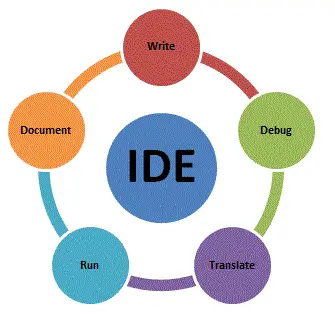
2. GitHub (And Git)
One of the essential qualifications for a Data Scientist is familiarity with GitHub. GitHub is the best place to display code and discuss projects with a great community. When someone visits your profile, they can access your work by downloading it as Gists or repositories, which are code blocks that a broad audience can access.
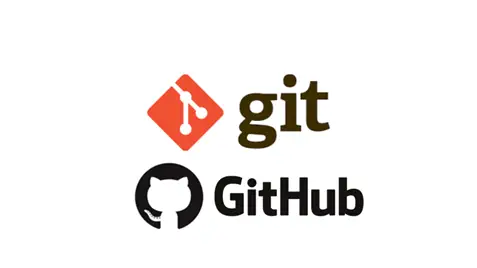
3. GPUs
An electronic circuit known as a graphics processing unit is specialized and built to quickly manipulate and change memory to speed up the production of images in a frame buffer that is meant to be output to a display device.

4. Amazon Web Services (AWS)
AWS is a division of Amazon that offers government agencies, businesses, and people on a pay-as-you-go basis metered access to cloud computing platforms and APIs. These web services for cloud computing provide a range of fundamental abstract technical infrastructure, distributed computing building blocks, and tools. One of these applications is Amazon Elastic Compute Cloud, aka EC2, which enables users to have at their convenience a virtual computer cluster that is constantly accessible through the Internet.

5. Microsoft Azure
Microsoft Azure, also known as Azure, is a cloud computing service that the company developed for developing, testing, deploying, and managing applications and services through data centers that are under its management. It supports a large variety of programming languages and offers Software as a Service (SaaS), infrastructure as a service (IaaS), and platform as a service (PaaS).
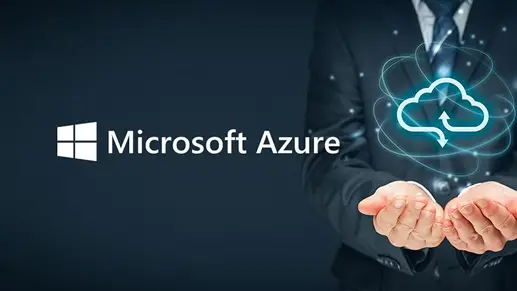
6. Text Mining
Text mining is obtaining data from text-based sources, such as books and articles. Sectors like healthcare and law enforcement use this information science technology to find trends, relationships, and patterns that may not readily appear in unstructured documents like patient records or legal briefs.
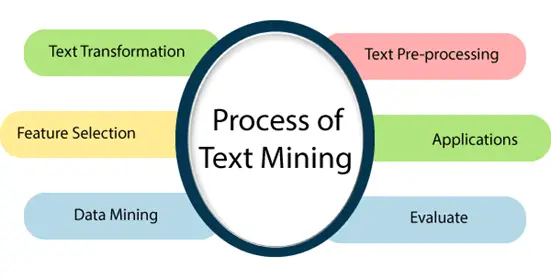
7. Big Data Analytics
Big Data is a term used to explain vast amounts of information so complex and voluminous that conventional methods for processing them might not be sufficient. These datasets have gotten so big in some fields that they can’t fit on standard computers or storage devices.
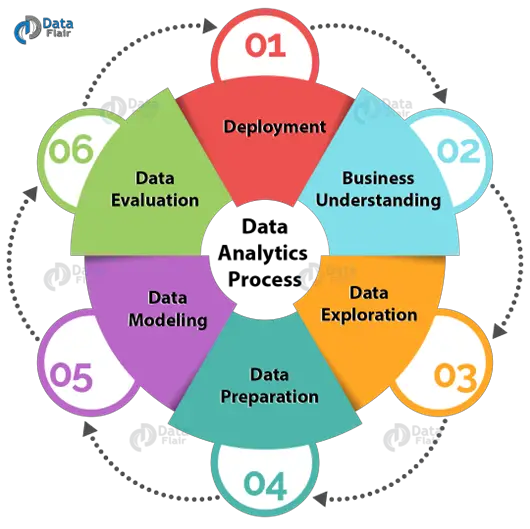
8. Decision Intelligence
Decision intelligence is a concept that combines the benefits of both data science and artificial intelligence. It offers a way to collect data science insights and use those insights to support strategic decisions. Decision intelligence can assist businesses in determining what to do with customer interactions, web traffic patterns, and other digital traces that customers leave behind when interacting with the brand.

9. Python And Pandas
Python is a well-liked programming language that is simple to understand and master. Its extensive ecosystem of open-source libraries and tools enables researchers to create complex applications. The Python library Pandas offers operations and data structures for working with two-dimensional arrays, such as numerical tables.
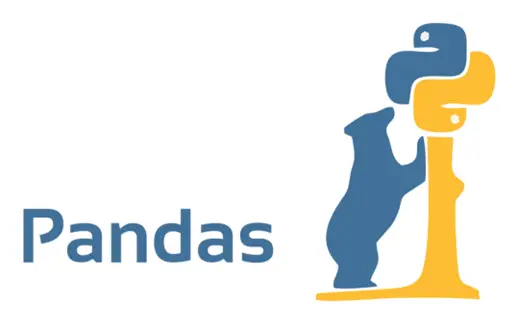
10. Blockchain In Data Analytics
Blockchain is a distributed public ledger that stores data on numerous devices without a central authority. The fundamental concept of blockchain is straightforward: transactions are compiled into blocks that include data like timestamps, cryptographic signatures, etc. A hash that uniquely identifies each block’s contents is also present.
